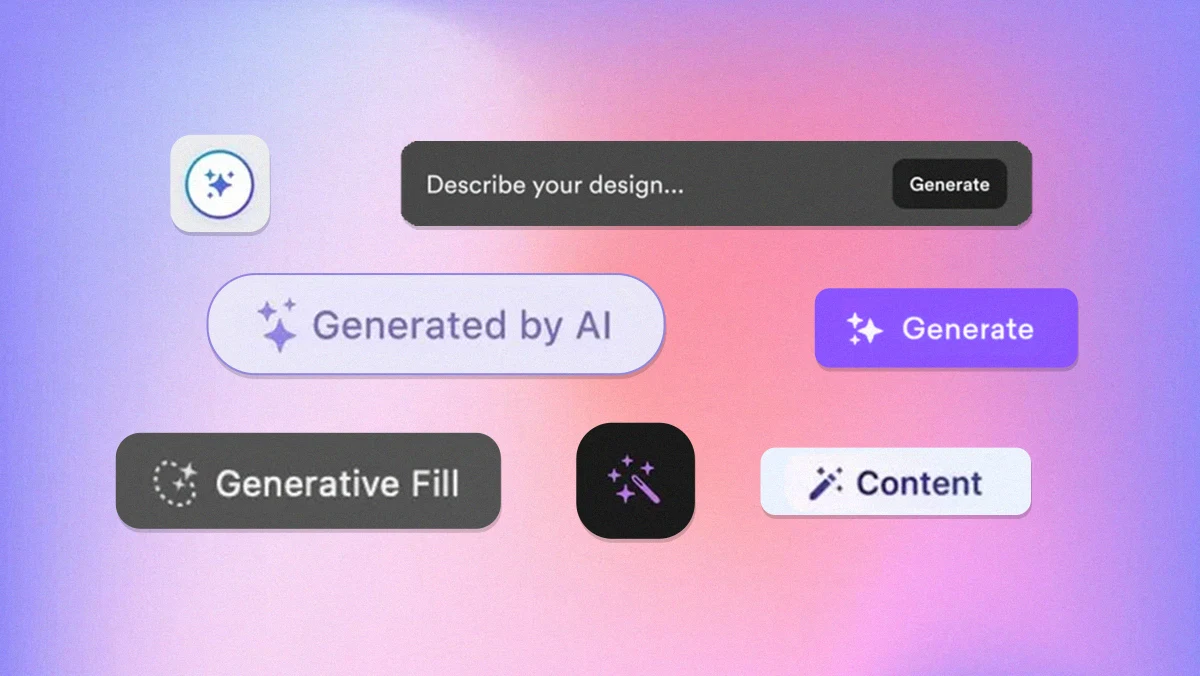AI
Why human 'puppet masters' still need to pull the strings to wield AI in creative professions
Tuesday June 24, 2025

THINKHOUSE's Mark Luna discusses how AI's inconsistency can force creators to act as 'puppet masters' to ensure control over the final creative output.
Legal battles between creatives and AI companies show the growing concern of creative professionals trying to protect their work.
Public backlash against AI-generated ads highlights the challenge of balancing AI use with audience expectations.
I'm very finicky with details, and I see so much AI content where it just isn't consistent. To fix that, I have to generate as much imagery as I can until I get the right thing... It’s tough, and you often have to spend money on paid services to get the control you really want.

Mark Luna
Digital Motion Creator, THINKHOUSE
Generative AI was promised as a creative co-pilot. The reality, for many artists, is a frustratingly unreliable intern, delivering work plagued by inconsistency and a lack of clear artistic vision. That unreliability creates a frustrating gap between intent and output, one that forces creators to wrestle with how to maintain control and be the direct, human manager to their LLM-powered intern.
Mark Luna is a Dublin-based Digital Motion Creator at the youth-focused creative agency THINKHOUSE. Working on the front lines of immersive tech, he believes the best results come when artists embrace a direct, hands-on approach to the tools. “I like to be the puppet master of a content piece,” he says. “I use AI to produce the shots, the story beats, maybe even help with the animation and audio. But overall, I need to be the one pulling the strings on the final output.”
Manual override: Achieving that level of control is far from a simple, automated process. Luna describes a workflow that involves stacking a suite of specialized tools, like ChatGPT, Midjourney, and Runway, and then manually stitching the outputs together. His process mirrors an industry-wide reality: even advanced tools like Photoshop’s Generative Expand require manual finessing, while platforms like Runway’s Gen-4 still depend on user-provided images to maintain consistency, keeping true creative control firmly in human hands.
“I'm very finicky with details, and I see so much AI content where it just isn't consistent,” he explains. “To fix that, I have to generate as much imagery as I can until I get the right thing, and then I use Photoshop's AI feature and my own hands to tweak the details. It’s tough, and you often have to spend money on paid services to get the control you really want,” Luna explains.
Breaking the block: The value of that control became clear when he applied AI to a stalled passion project. “I had been writing this story for a couple of years, but I hit a big writer's block,” he shares. “I was on-and-off with it for three years and just didn't know how to move forward.” On a whim, he fed his ideas into ChatGPT and found a tireless creative partner. “It started helping me build the world. I would ask it to ideate something, and if I didn't like the direction, I could tweak it and ask it to redefine what I was looking for. Sometimes it would come up with a story that was near-perfect to what I was looking for.”
I like to be the puppet master of a content piece. I use AI to produce the shots, the story beats, maybe even help with the animation and audio. But overall, I need to be the one pulling the strings on the final output.

Mark Luna
Digital Motion Creator, THINKHOUSE
Drawing the line: But Luna’s enthusiasm for AI has its limits, particularly when it comes to audio. Legal battles between voice actors and AI platforms who allegedly cloned their voices highlight a growing concern amongst the creative community that individual talents will be stripped from creative projects. Luna weighs in: "I much prefer if people would actually act out the voices themselves. When you remove the human element of producing a specific type of content, I think that's when you lose control and let AI lead the creative."
A creative chasm: The problem, Luna believes, often lies not with the tool, but with who is using it. “I feel like the people who have mainly embraced AI are the CEO and managerial types who see it as a way to generate content while removing the creatives,” he says. “That’s fine for them, but people in those roles often don't have the creative vision.” He compares it to photography: “I can buy an expensive camera, but I wouldn't know what to do with it. A real photographer can make the most out of even a bad camera.”
Artists to the rescue: It's not just creatives disgruntled with AI, the general public is speaking out against major brands like Coca-Cola for their high-profile AI campaigns. Contextualizing public sentiment with data, Neilsen IQ found in a study that audiences perceive AI-generated ads as "confusing" and "annoying." Luna sees this in action, “When users come across an ad that’s trying not to be AI, they see it and it gets called out."
The backlash hasn't stopped the push for greater AI autonomy, however. Platforms like Runway now tout their latest models as capable of generating coherent video with minimal human input, creating a future less reliant on painstaking oversight. That dynamic presents a major challenge for agencies, as client appetite for AI runs up against the risk of alienating their audience.
For Luna, the solution lies in a future where skilled artists lead the way. "The moment true creatives—people with vision—start embracing AI, the quality of content that gets produced will be elevated. That's what will hopefully elevate what people normally see as negative to be positive, or at least start to embrace it a bit more.